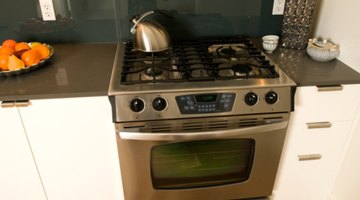Materials Used in Kettles
Table of Contents
Household kettles come in two main forms: stove-top and electrical. Electric kettles contain a variety of components, and the materials they are made out of depends entirely on the overall design and structure of the kettle itself.

The most common raw materials used in making kettles are high-grade steel and low-density plastics.
High-Grade Steel
High grade steel is the most common material used for creating the outer shell of a kettle. The shell is made by using a punch press to cut steel sheets and create steel stampings. Steel is also used to create the solid base that houses the electrical components.
Low-Density Plastics
Low-density plastic such as polypropelene (PP) and polythylene (LLDPE) are used alongside the steel housing, often to create the upper part, lid and handle of the kettle. Some low-grade kettles use low density plastics for the kettle's shell, instead of high-grade steel. Clear low-density plastic may also be used to create a viewing window, to clearly display how much water the kettle contains.
Rubber
Rubber is used to create small rubber feet, which sit underneath the kettle's base and protect work surfaces from heat damage.
Electrical Components
Electric kettles use electricity to boil water. The electrical wires are made of low-resistant metals such as copper, which are surrounded by a protective plastic casing.
Glass
Some modern stove-top and electric kettles have an outer shell that is made of heat-proof glass.
References
Resources
Writer Bio
Alice Stewart is an experienced freelance writer who has specialized in creating unique and informative Web content since 2005. Her previous clients include the Times Online, Wizz Air, Cyprus Air, BMI, Highland Experience and Scottish Tours. Stewart studied English language and law at Oxford F.E. College and completed a Post-Graduate Diploma in performing arts in 2007.
Photo Credits
- Jupiterimages/Photos.com/Getty Images
- Jupiterimages/Photos.com/Getty Images
More Articles



